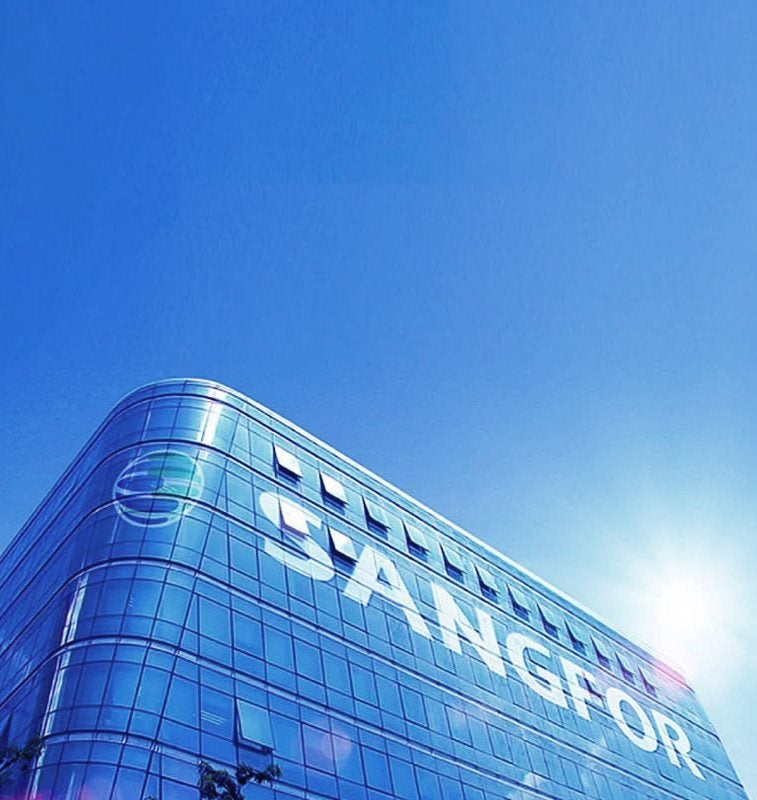Whenever an infrastructure topic is raised, reliability is probably involved and discussed. Indeed, in this internet-connected world, applications must be accessible 24x7, presenting great challenges to the underlying infrastructure platform. Data center infrastructure should and must be, robust enough to accommodate the SLA of applications (99.99% of the time), and that robustness needs to be designed into the architecture from the bottom to the top. Infrastructure reliability is important for a data center.
What is Data Center Infrastructure Reliability
The reliability of data center infrastructure can vary depending on various factors, including the design, implementation, maintenance, and management practices of the data center facility. However, data centers strive to achieve high levels of reliability to ensure the uninterrupted operation of critical IT systems and services.
Metrics of Data Center Infrastructure Reliability
To measure and assess the reliability of data center infrastructure, several metrics are commonly used:
-
Uptime: Uptime refers to the amount of time that a data center is operational and available for use. Data centers often aim for high uptime percentages, such as 99.99% or higher, which means minimal downtime or service interruptions.
-
Mean Time Between Failures (MTBF): MTBF is a measure of the average time between failures of a component or system. Data centers use this metric to estimate the reliability of their infrastructure and identify areas that may require improvements or maintenance.
-
Mean Time to Repair (MTTR): MTTR measures the average time it takes to repair or restore a failed component or system. Lower MTTR values indicate faster recovery times and better infrastructure reliability.
-
Redundancy: Data centers often employ redundant systems and components, such as backup power supplies, cooling systems, and network connections. Redundancy helps minimize the impact of failures and increases the overall reliability of the infrastructure.
-
Service Level Agreements (SLAs): SLAs are contractual agreements between data center providers and their customers, specifying the expected levels of service, uptime guarantees, and compensation for any service disruptions. SLAs provide a measure of reliability and accountability.
To ensure high reliability, data centers also follow industry best practices, such as regular equipment maintenance, monitoring and management systems, disaster recovery plans, and adherence to relevant standards and regulations. It’s important to note that while data centers strive for high reliability, no infrastructure is completely immune to failures or disruptions. However, through careful planning, redundancy, and proactive maintenance, data centers can achieve high levels of reliability to meet the needs of their customers.

Data Center Infrastructure Reliability: Layers to Consider
Let’s take a look at the layers that need to be considered when building a highly reliable and available data center infrastructure platform.
- Data layer: The value of data has been realized as the oil in the digital age. So long as data exists, it is an everlasting task to ensure its integrity and security. There are many ways to protect it, from traditional RAID, multi-replica, and erasure coding, to snapshot, CDP, and backup. Whatever way suits you depends on your desired protection level and budget.
- Network layer: The network is vitally important to connect the flesh and bone of data centers. It needs to have built-in redundancy from access and core to load balancer and gateway. Technologies like link aggregation, switching stacks, and VRRP can also be used.
- Compute layer: Unlike traditional physical servers, virtualization usually has natively built-in HA to ensure the availability of the compute layer.
- Business layer: Applications serve business needs, meaning they must have the highest availability within a data center or across multiple data centers. Local site HA keeps applications available between hosts, and cross-site DR protects them beyond data centers. Solutions like a stretched cluster can be adopted, should the highest availability be required.
As you can see, building a highly reliable and robust data center infrastructure is not easy at all, given that so many factors must be considered. Sangfor HCI is the ideal platform to massively ease the burden. By consolidating multiple infrastructure layers into one, not only does HCI reduce the data center footprint and simplify operations, but also makes data center reliability easier to achieve. Sangfor HCI puts reliability at the center of its design. From multi-copy storage mechanisms, integrated backup, CDP and natively built-in HA, to active-passive disaster recovery and active-active stretched cluster, Sangfor HCI offers a 1-stop, and comprehensive reliability scheme that customers can choose to deploy on demand. Data integrity and business availability can be assured with maximum protection so that business owners can sit back and keep innovation pumping into their core business.
Why Sangfor for Your Reliable Data Center Infrastructure
Sangfor Technologies is an APAC-based, global leading vendor of IT infrastructure solutions specializing in Network Security and Cloud Computing. Visit us at www.sangfor.com to learn more about Sangfor’s Security solutions, and let Sangfor make your IT simpler, more secure, and valuable.





